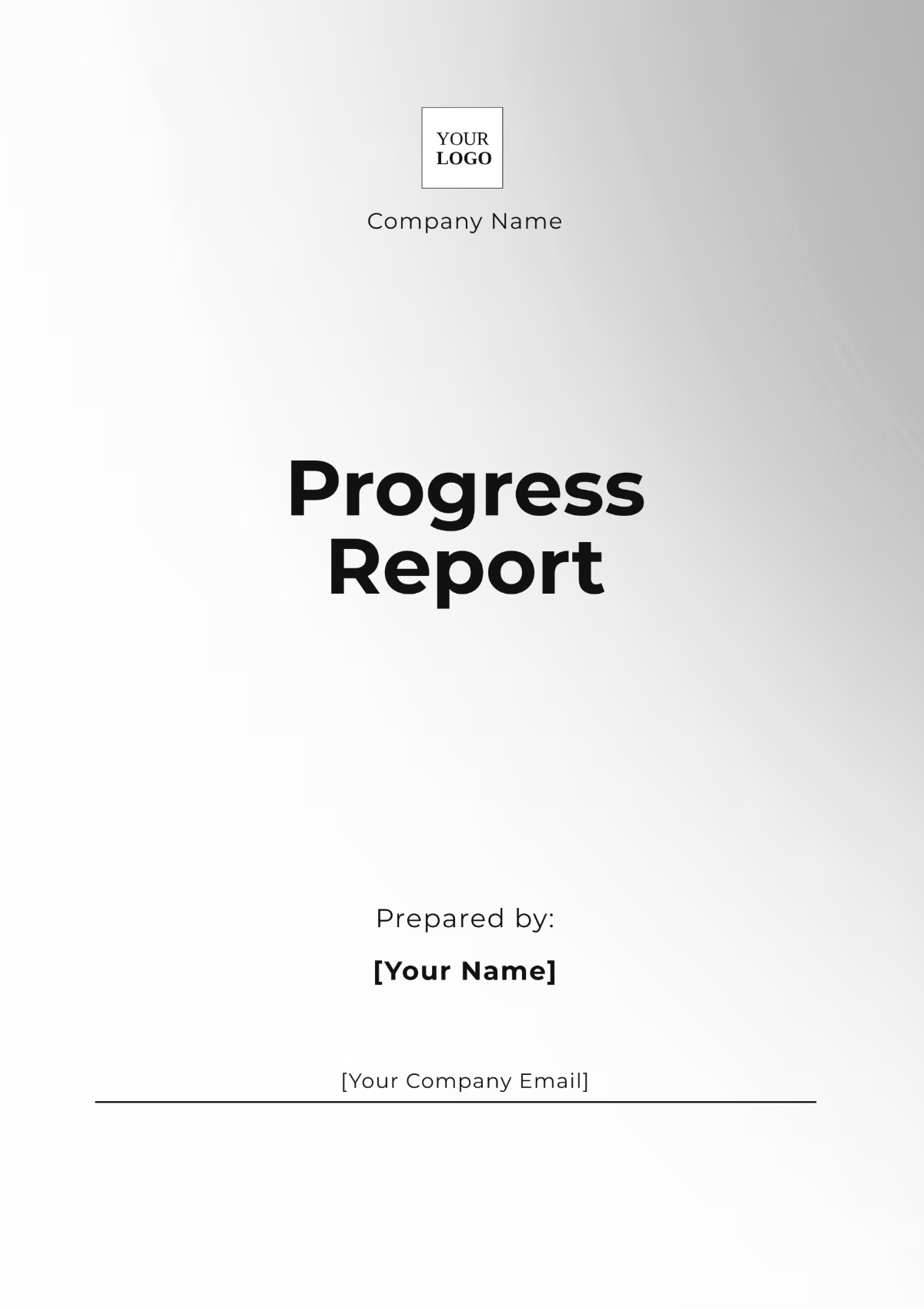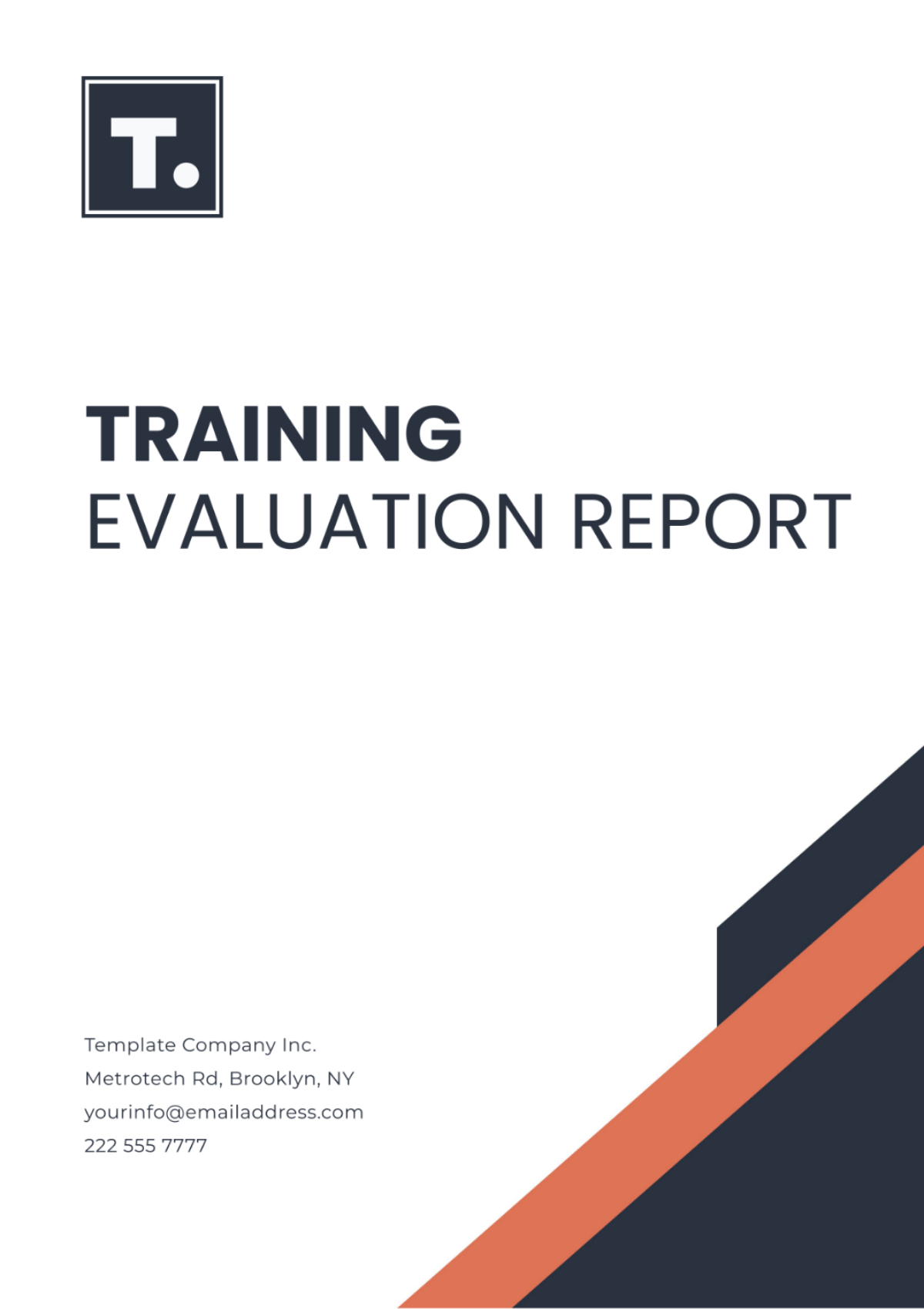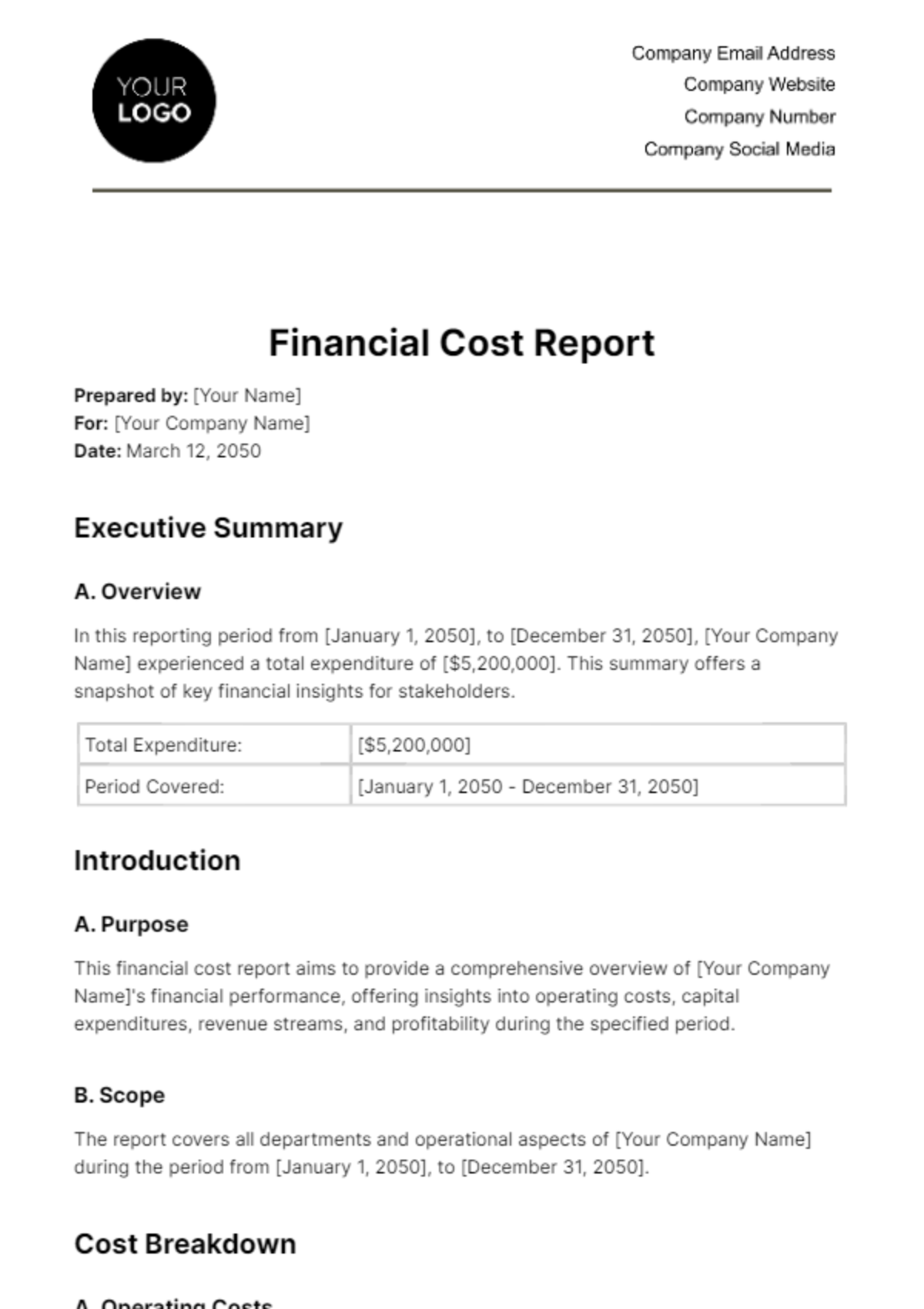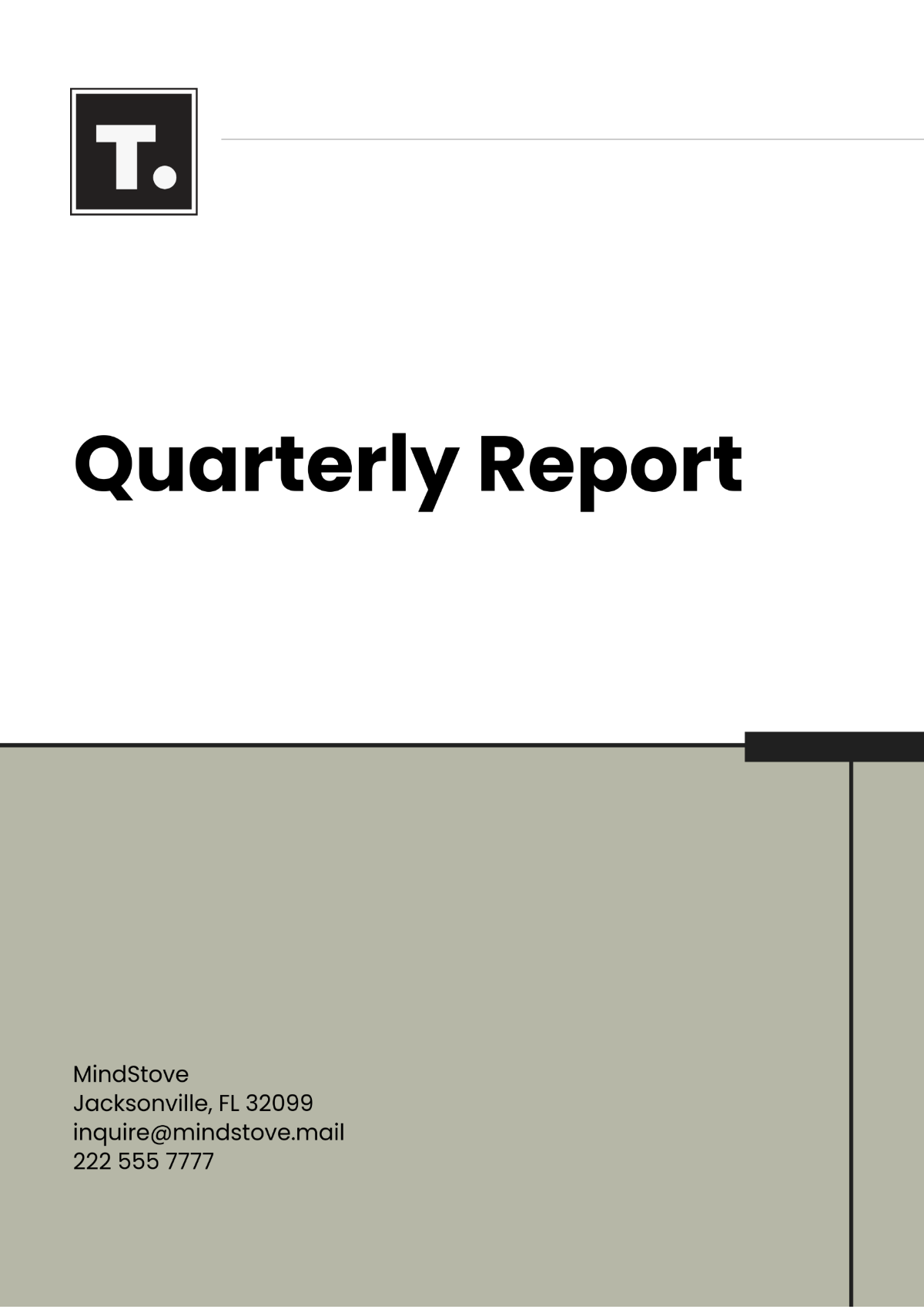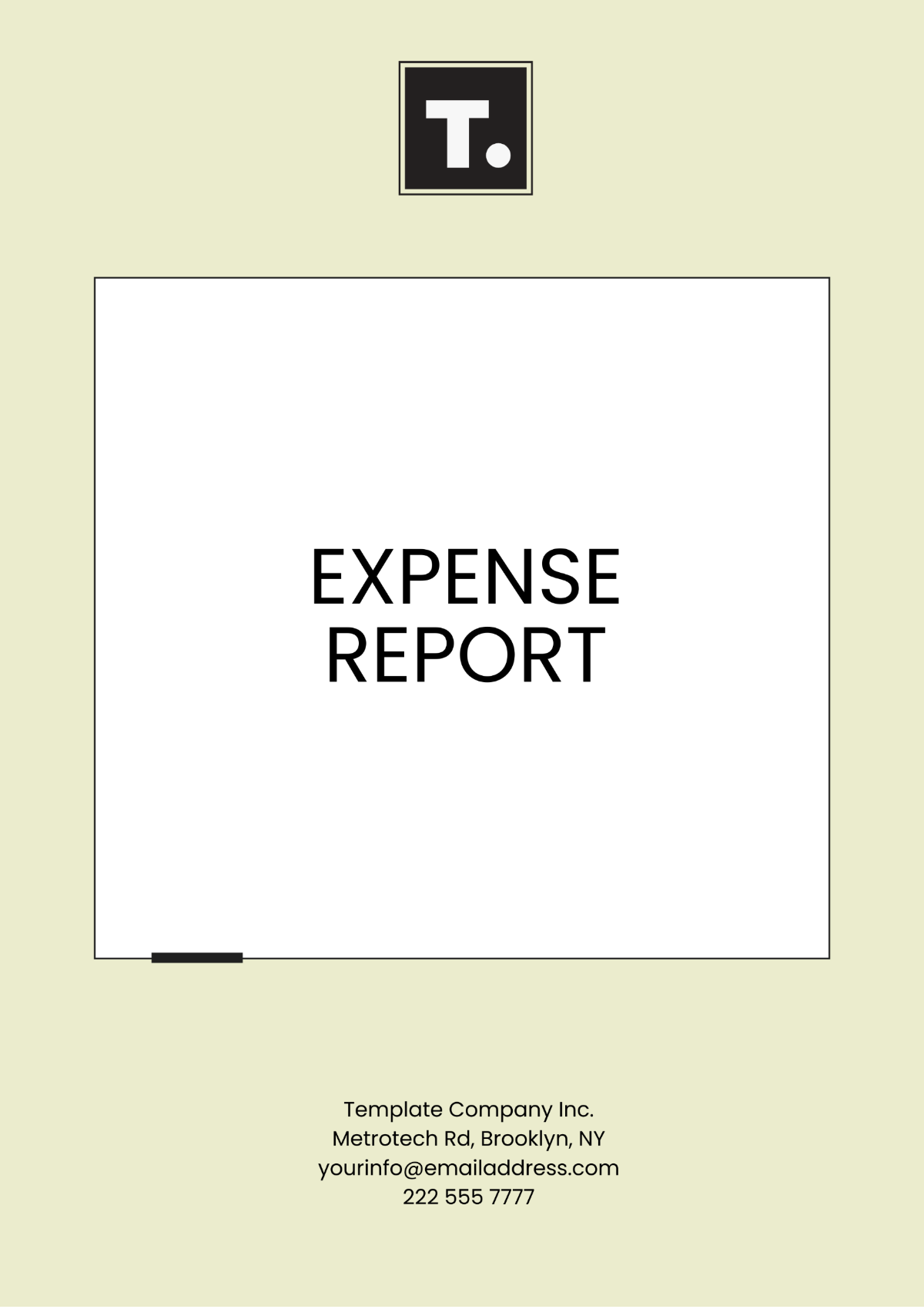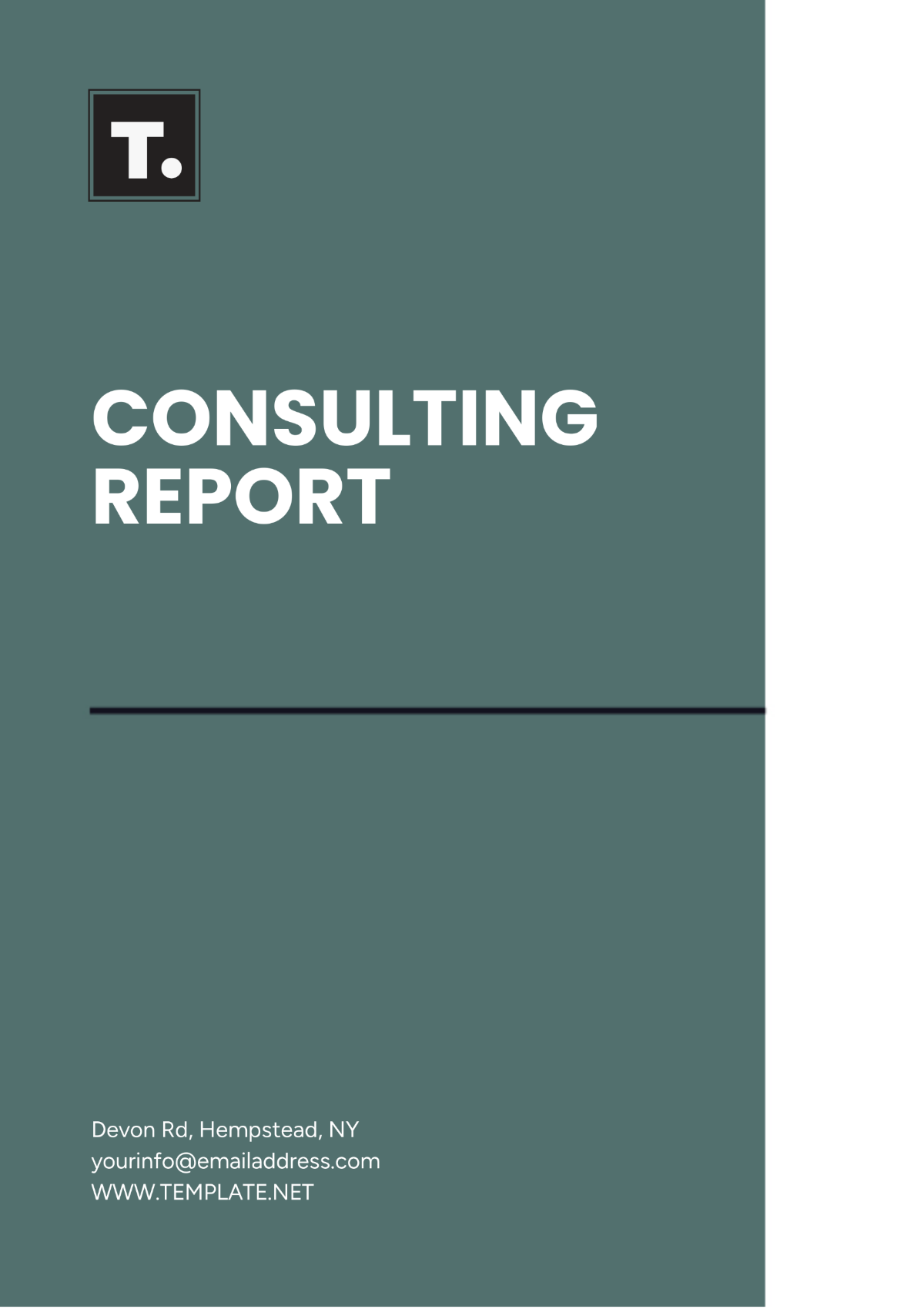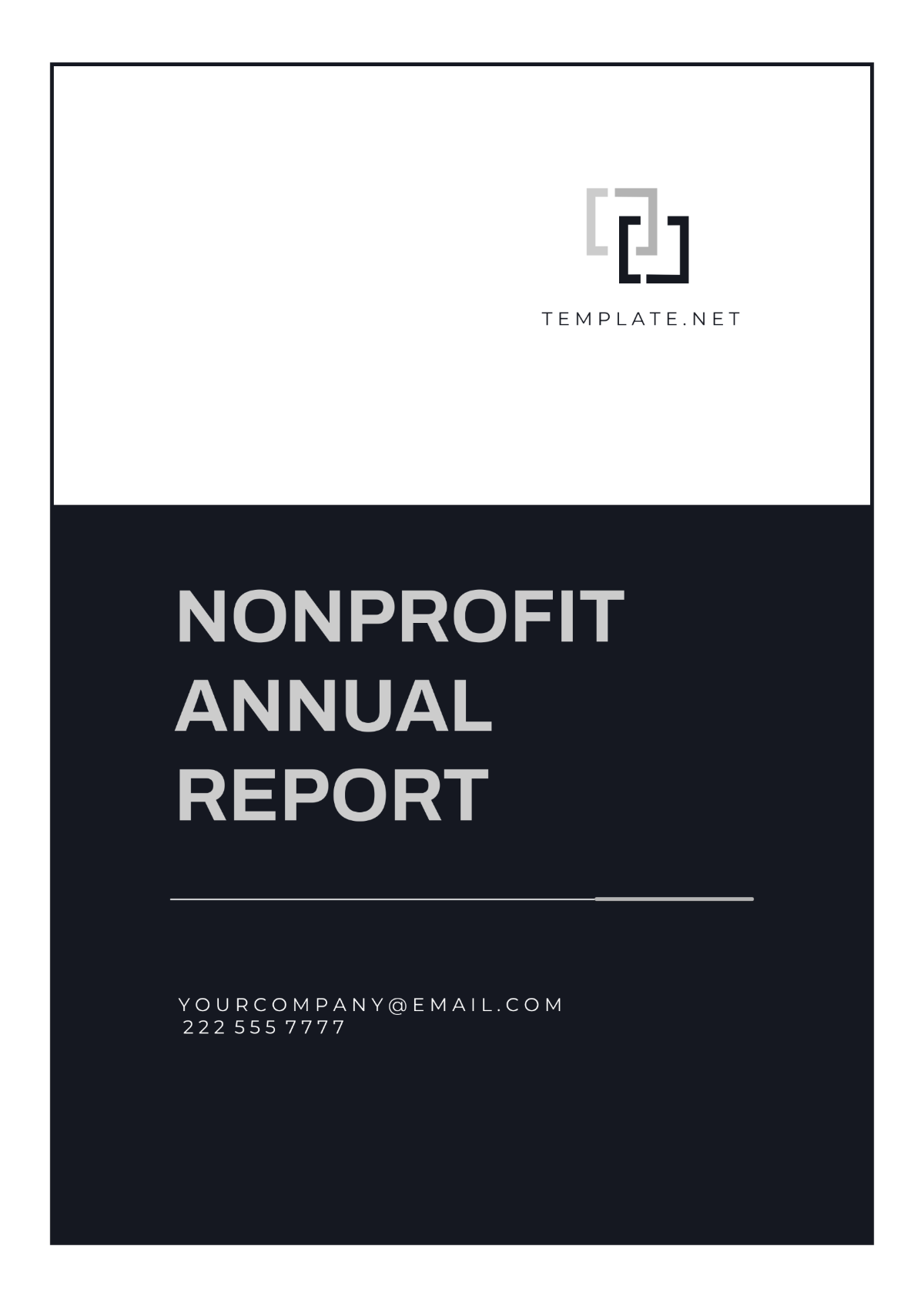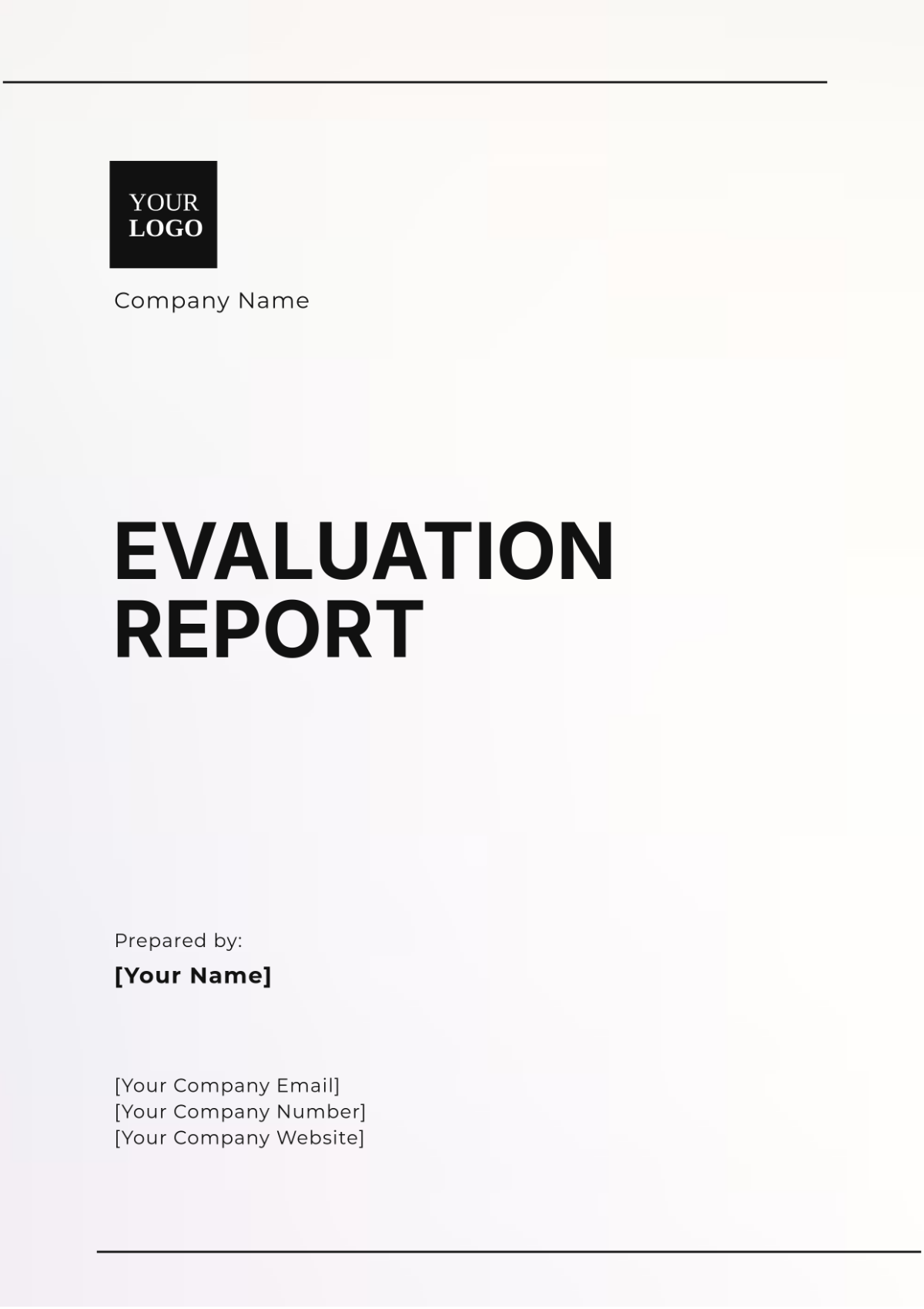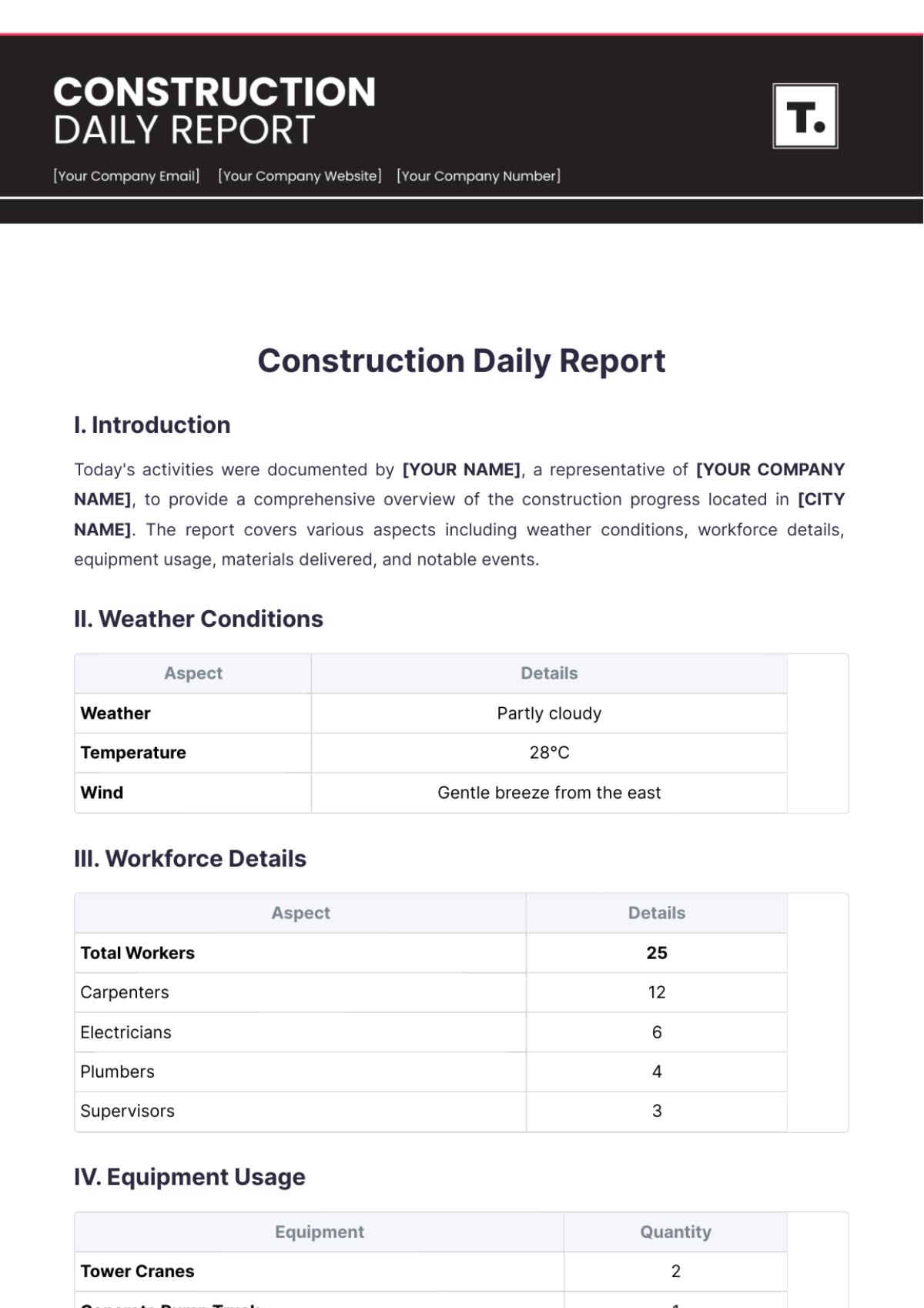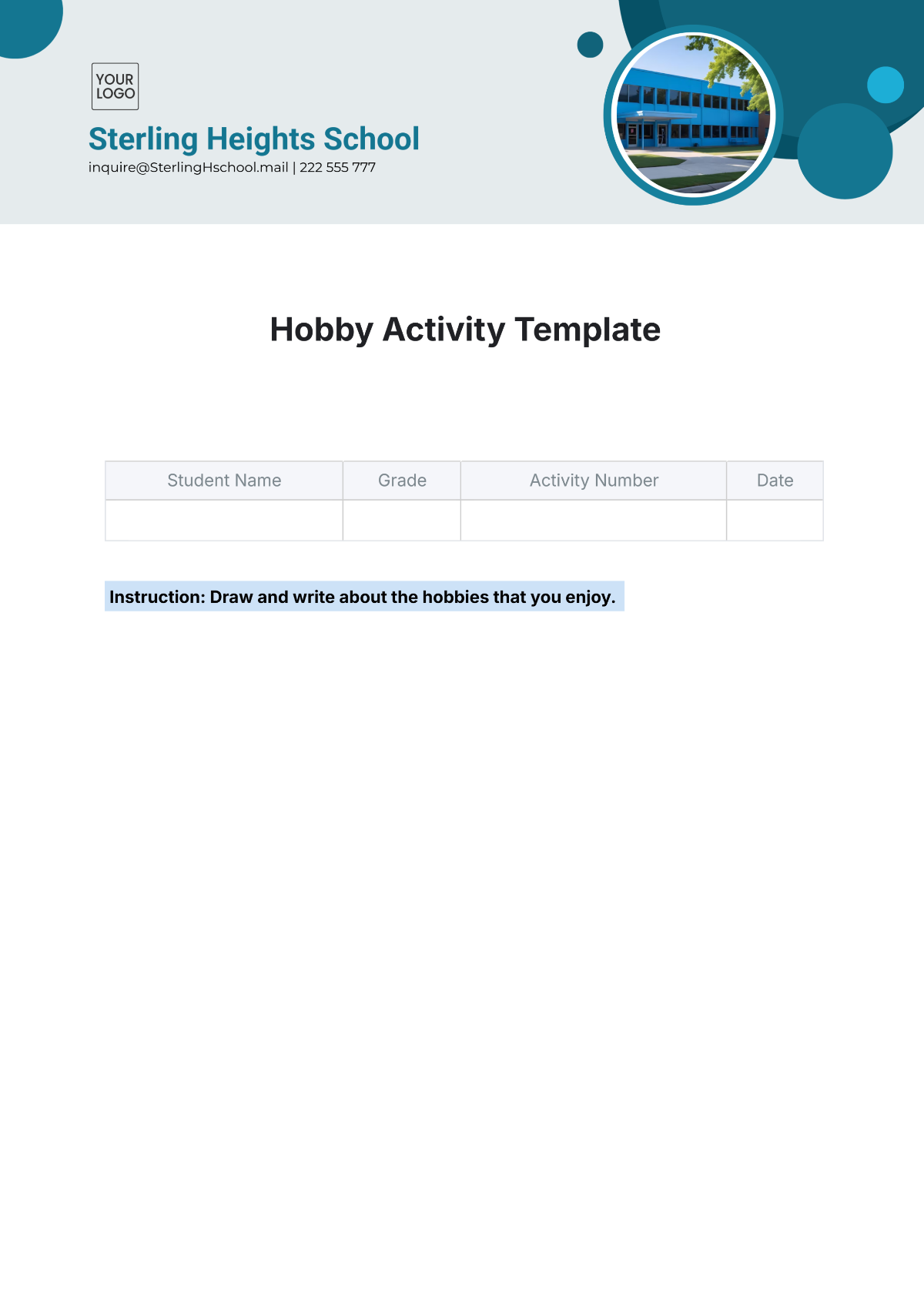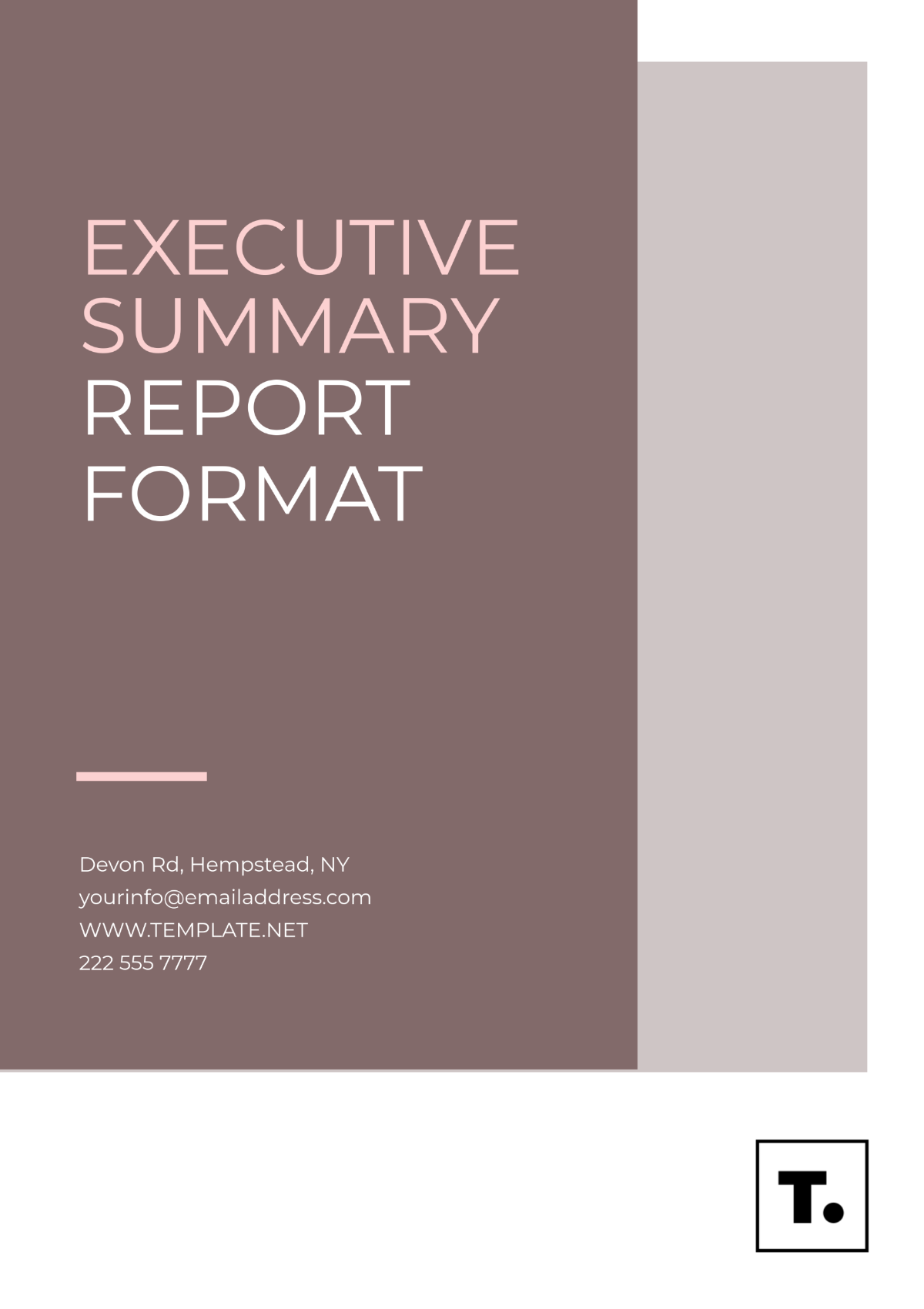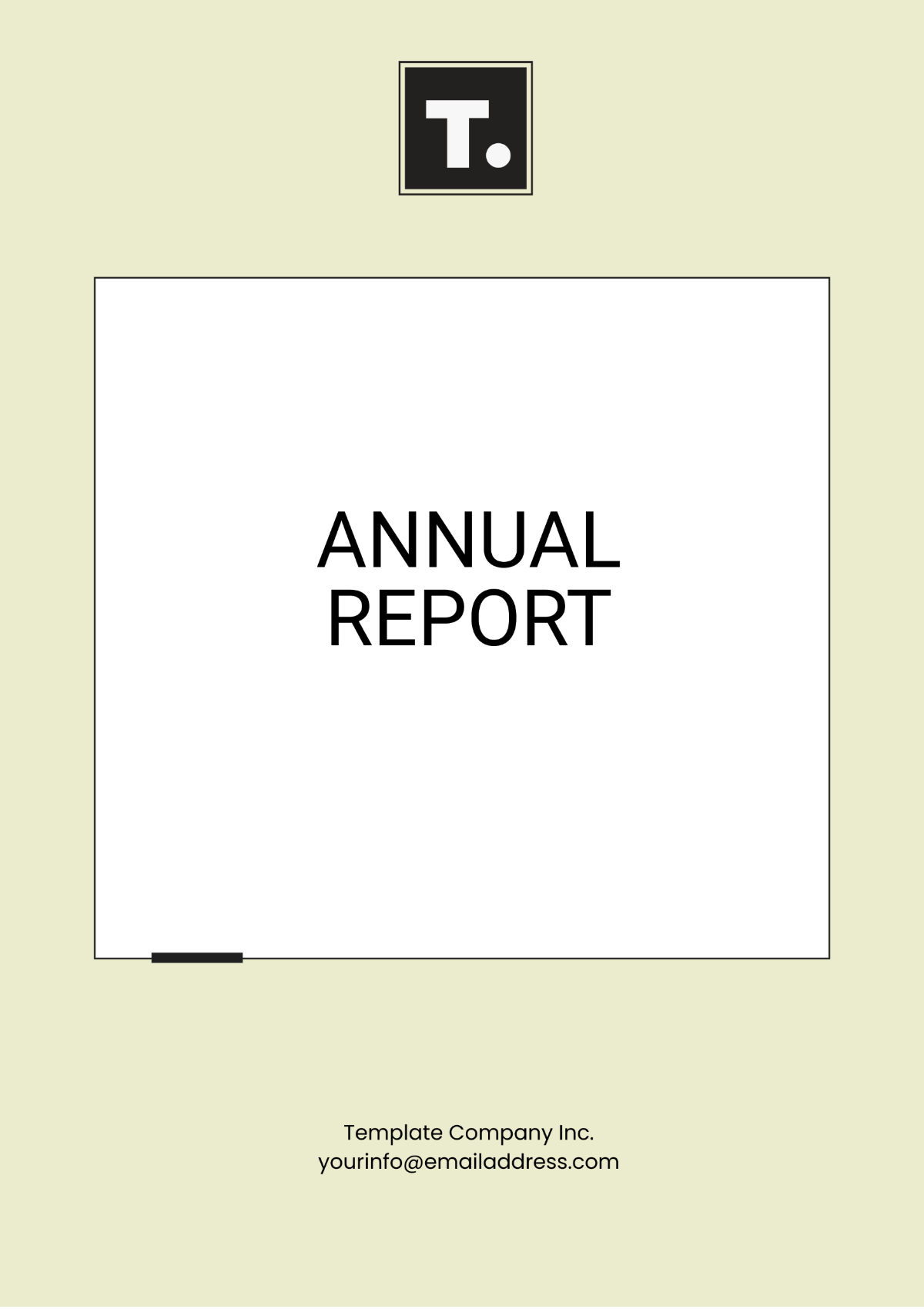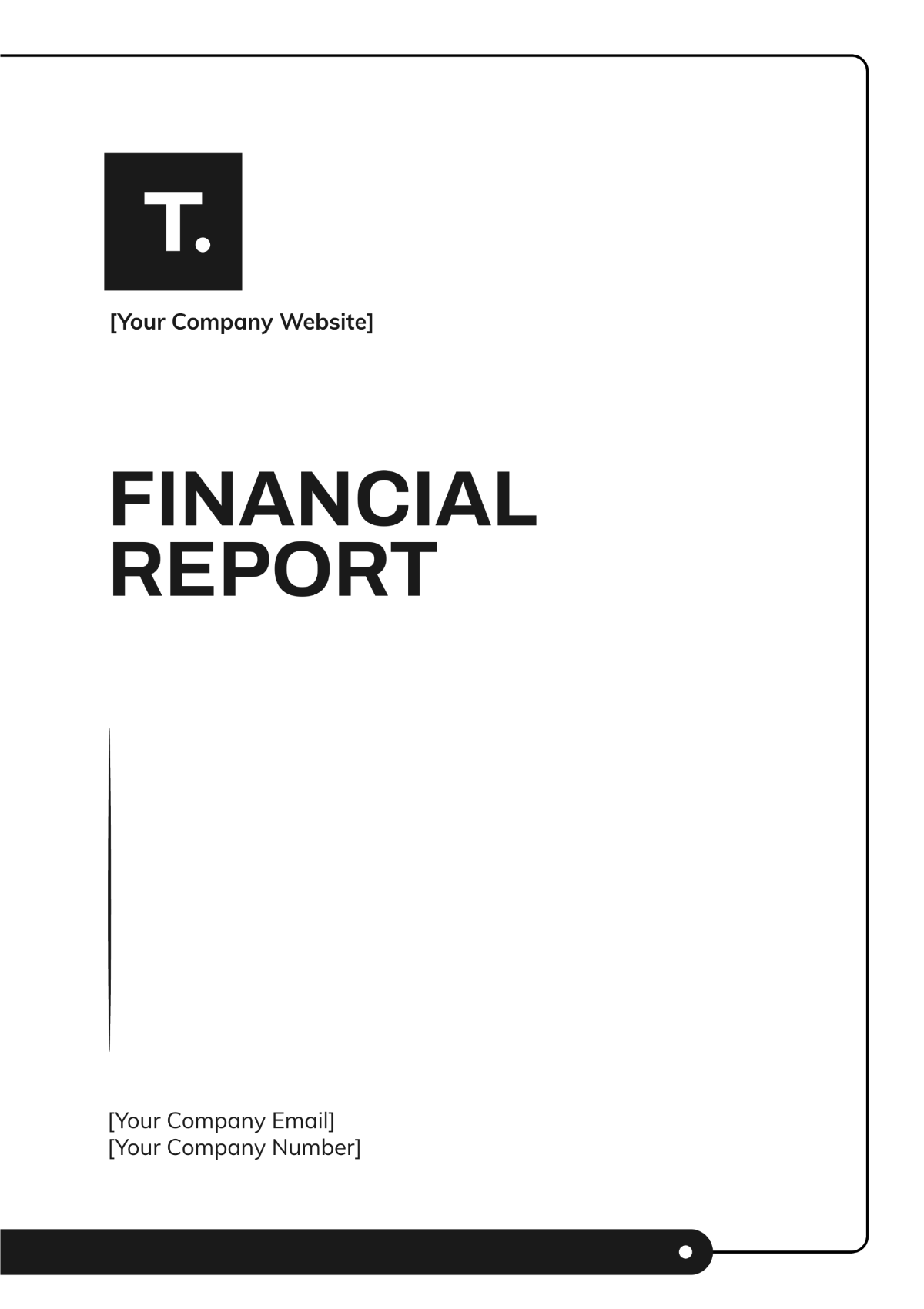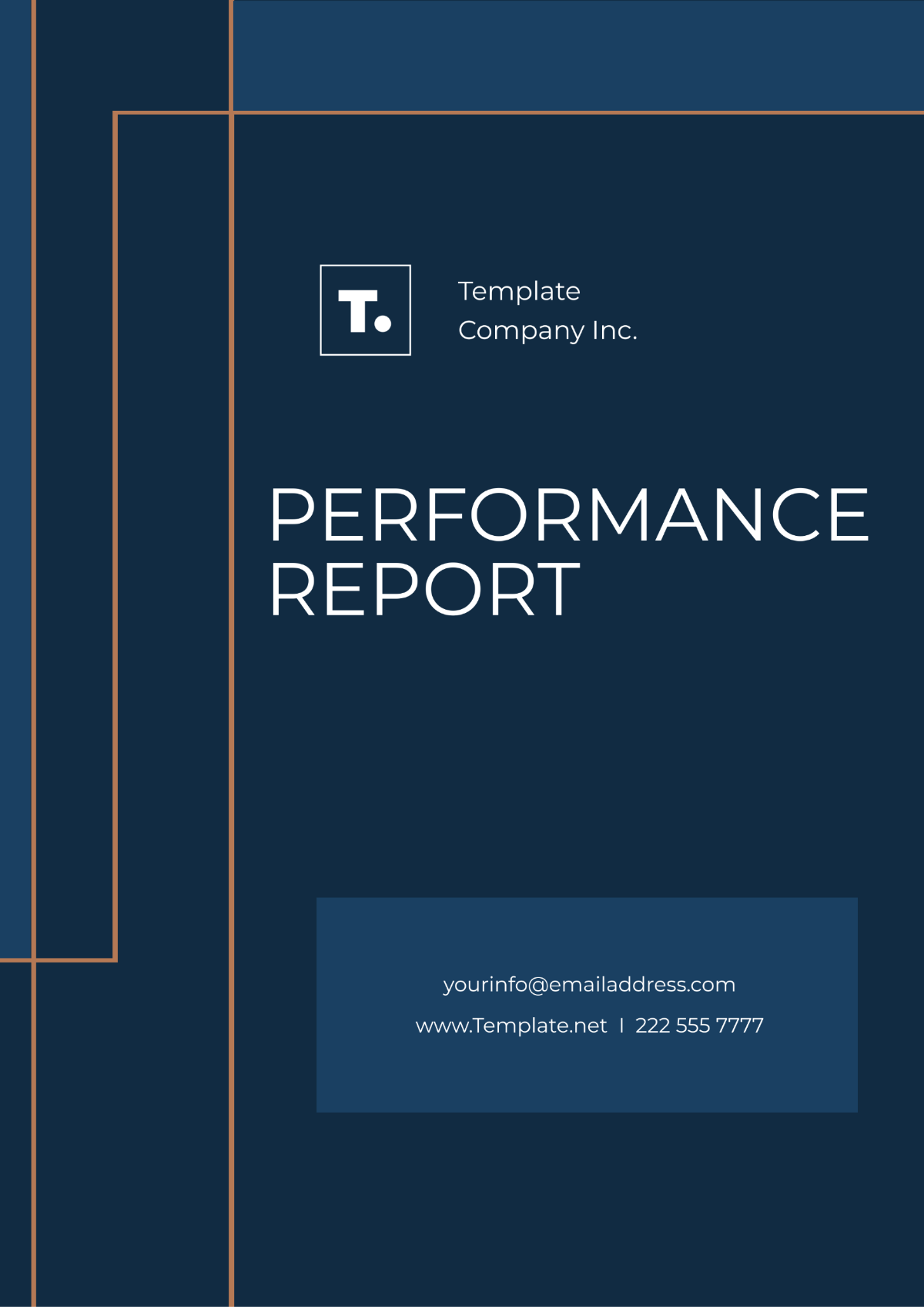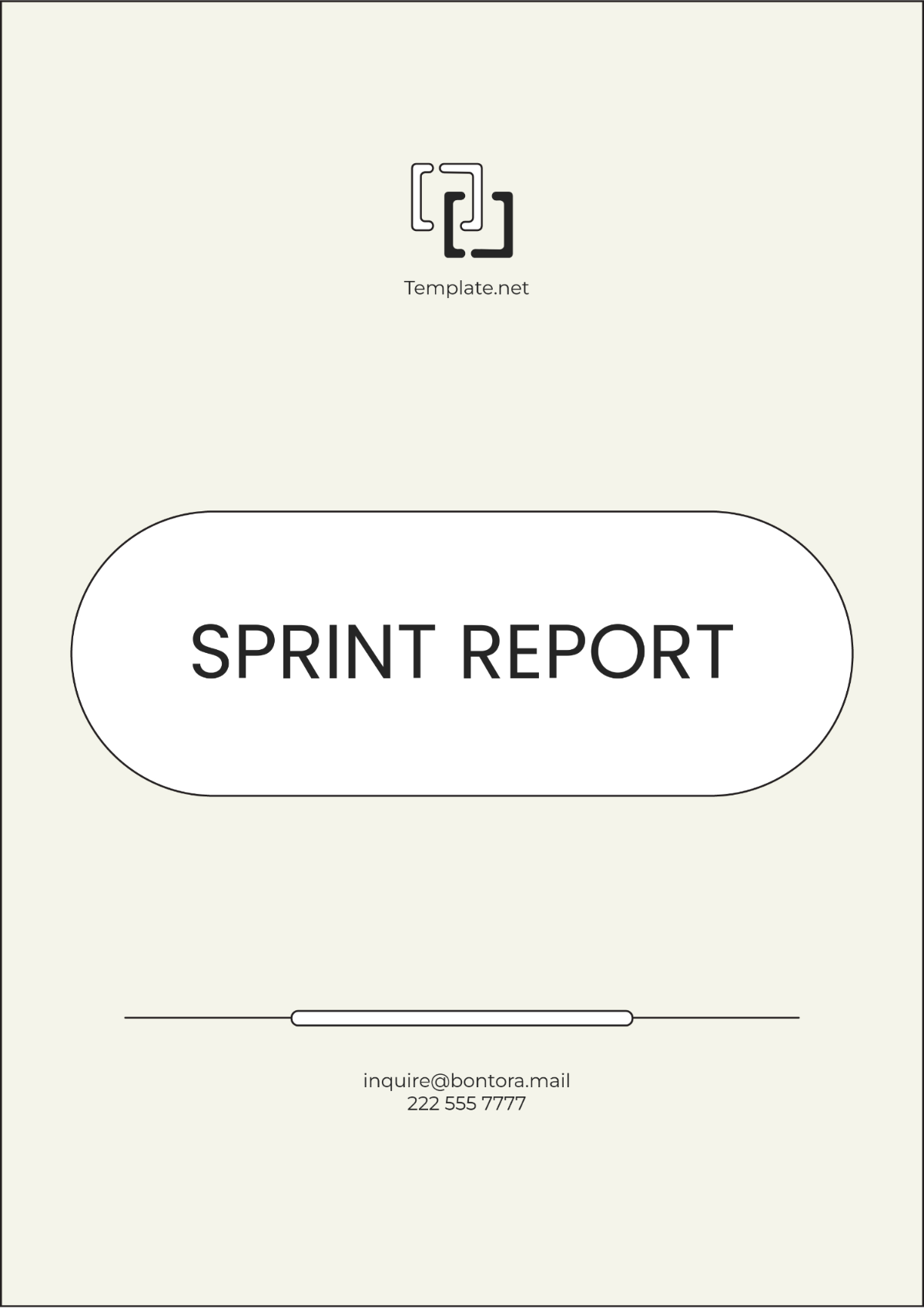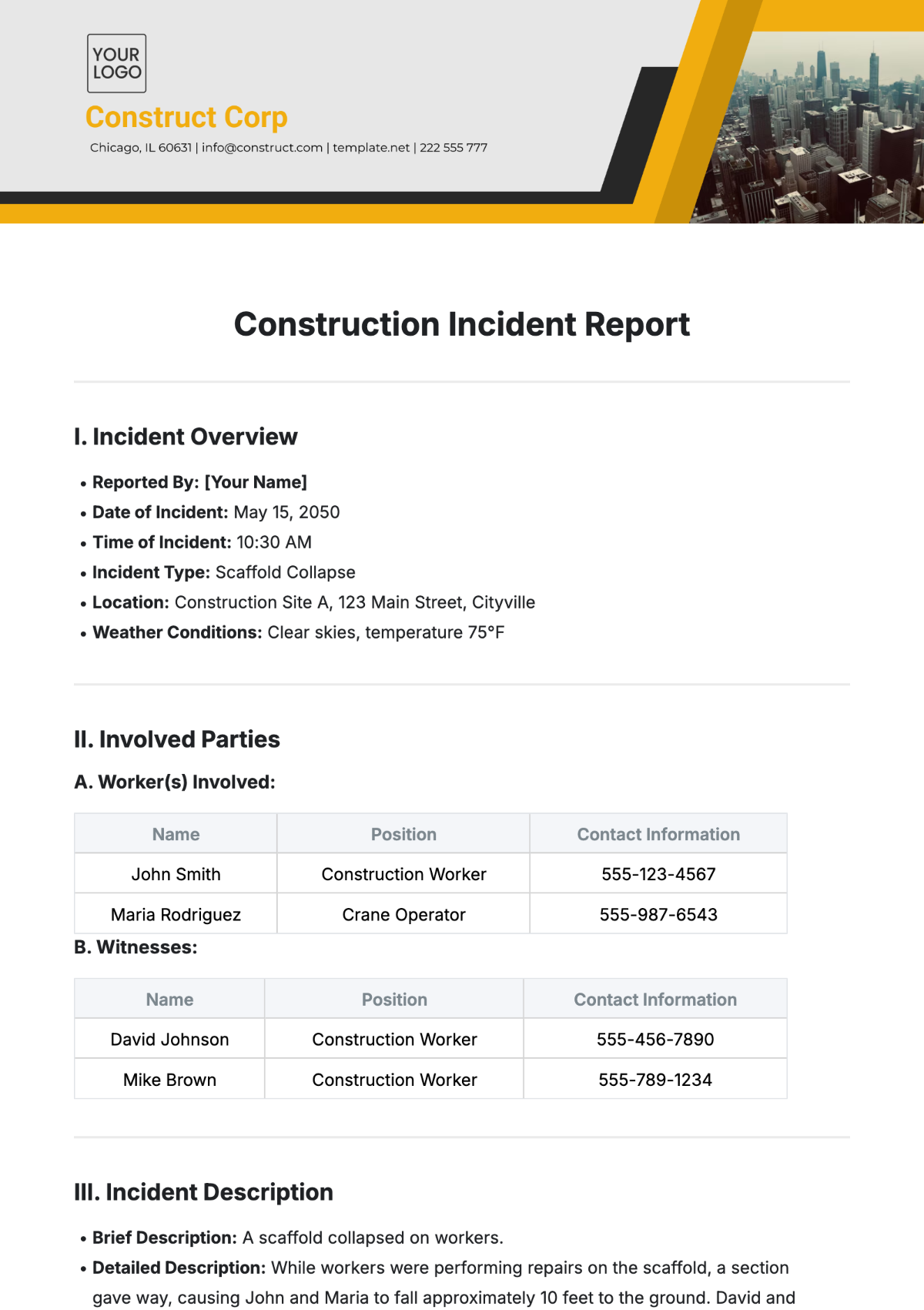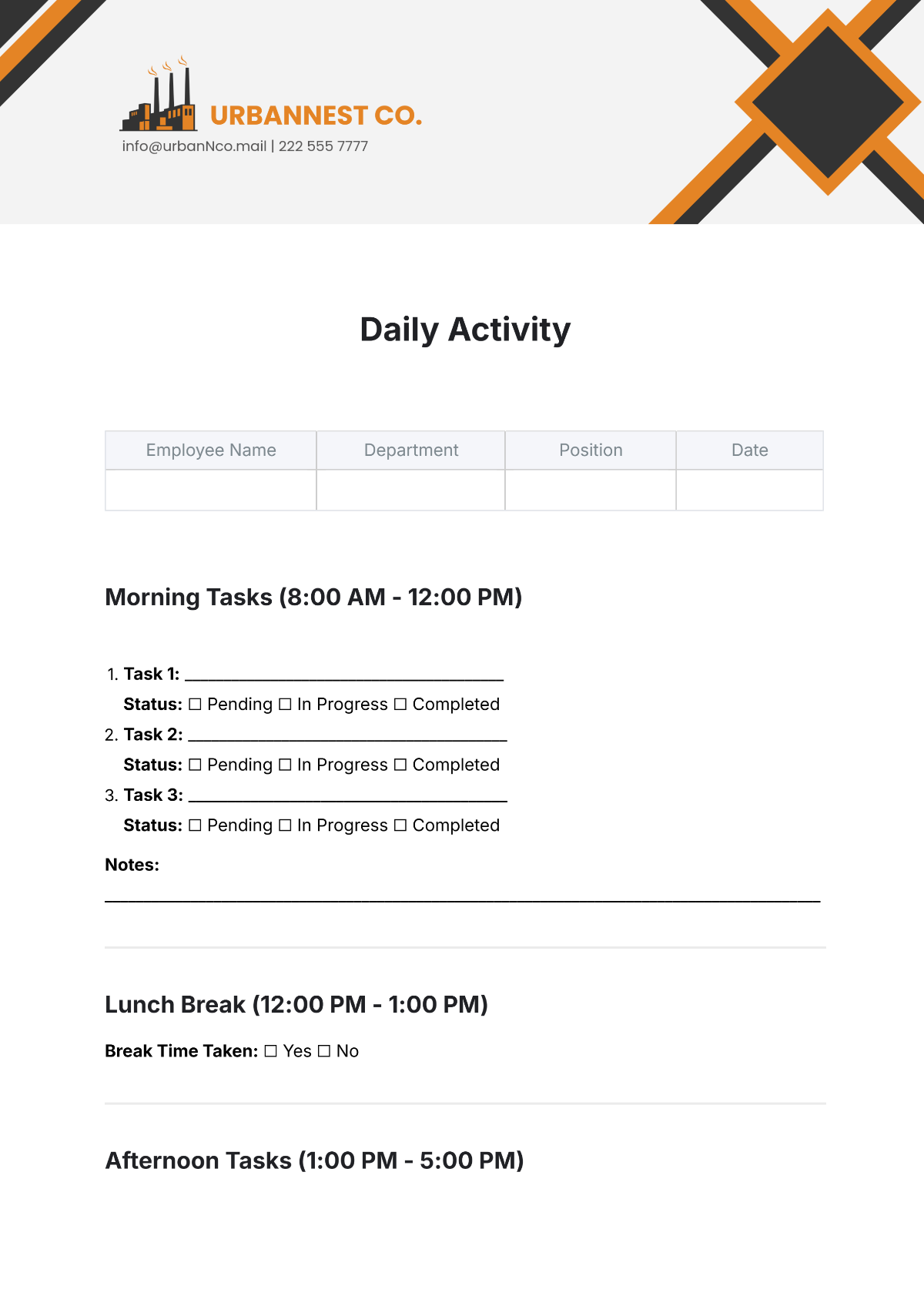Free Sample Recruitment Metrics Report Template
Sample Recruitment Metrics Report
Introduction
This recruitment metrics report aims to provide an in-depth analysis of the recruitment process, measuring key performance indicators (KPIs) to gauge the effectiveness and efficiency of recruitment strategies. This document serves as a comprehensive guide for stakeholders to understand recruitment trends, identify potential areas for improvement, and make informed decisions about future hiring practices.
Key Recruitment Metrics
The following are the primary metrics used to evaluate the recruitment process:
Time to Hire
Cost per Hire
Quality of Hire
Candidate Experience
Offer Acceptance Rate
Time to Hire
Time to hire is a critical metric that measures the efficiency of the recruitment process. It is defined as the number of days between a candidate applying for a job and accepting a job offer.
Month | Average Time to Hire (Days) |
|---|---|
January | 25 |
February | 22 |
March | 30 |
Cost per Hire
Cost per hire is a financial metric that calculates the average expense incurred when hiring a new employee. It includes advertising expenses, recruiter fees, and any travel costs associated with the recruitment process.
Expense Type | Cost |
|---|---|
Advertising | $5,000 |
Recruiter Fees | $3,000 |
Travel Costs | $2,500 |
Quality of Hire
Quality of hire is a metric that reflects the value a new hire brings to the organization, typically measured by assessing their performance and productivity within the first year.
Initial Training Assessment Scores
Performance Review Ratings
Retention Rate
Candidate Experience
The candidate experience metric evaluates the effectiveness of the recruitment process from the applicant’s perspective. It measures satisfaction levels and identifies areas where improvements can be made to enhance the experience.
Key components of candidate experience include:
Efficiency of Application Process
Communication Frequency
Interview Experience
Offer Acceptance Rate
The offer acceptance rate is a metric that represents the percentage of job offers accepted by candidates compared to the total number of offers extended. It reflects the competitiveness of the offer and the overall satisfaction of the candidates with the job conditions.
Quarter | Offers Extended | Offers Accepted | Acceptance Rate (%) |
|---|---|---|---|
Q1 | 50 | 40 | 80% |
Q2 | 60 | 55 | 91.7% |
Strategies for Improvement
Based on the analysis of the recruitment metrics, the following strategies are recommended to enhance the efficiency and effectiveness of the recruitment process:
Streamlining the application and interview process to reduce the time to hire.
Increasing budget allocation for advertising to reach a broader pool of candidates, thus improving the quality of hire.
Enhancing the candidate experience through better communication and engagement throughout the recruitment journey.
Conducting market research to ensure competitive salary and benefits packages, improving offer acceptance rates.
Conclusion
Continuously analyzing recruitment metrics is essential for identifying trends, optimizing recruitment strategies, and achieving organizational hiring goals. By focusing on these key metrics, organizations can enhance their recruitment process, leading to better-quality hires and a more satisfied, productive workforce.



